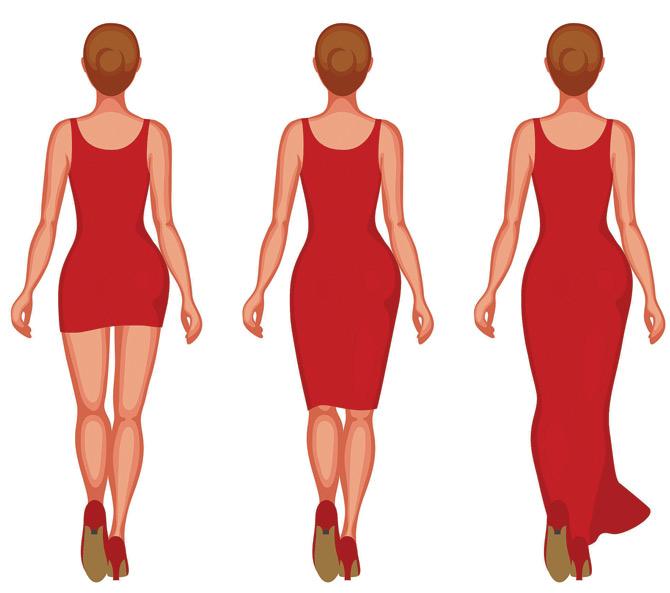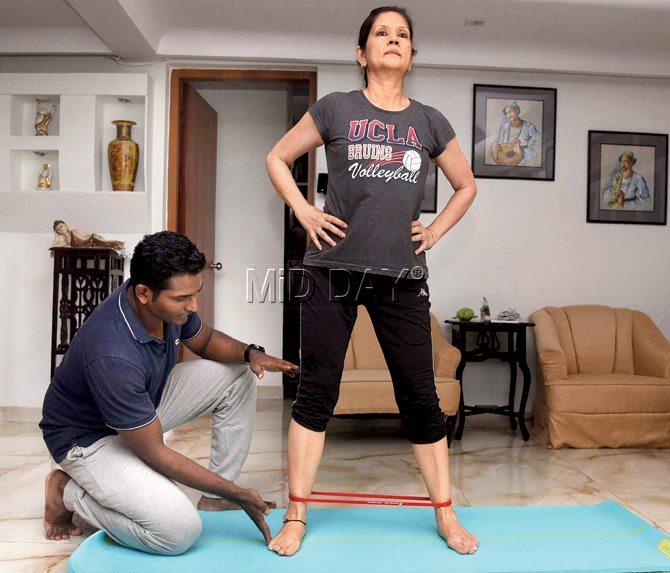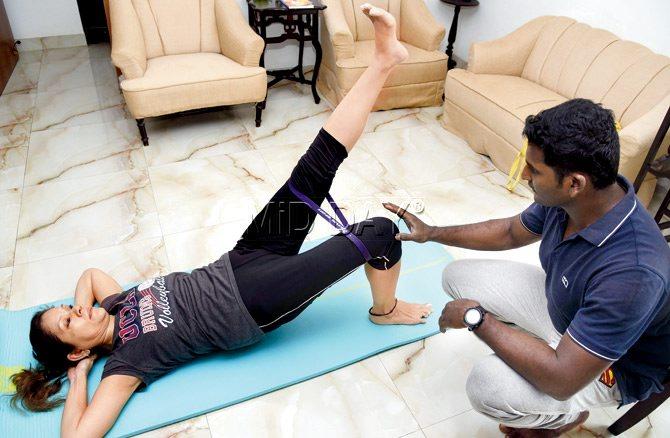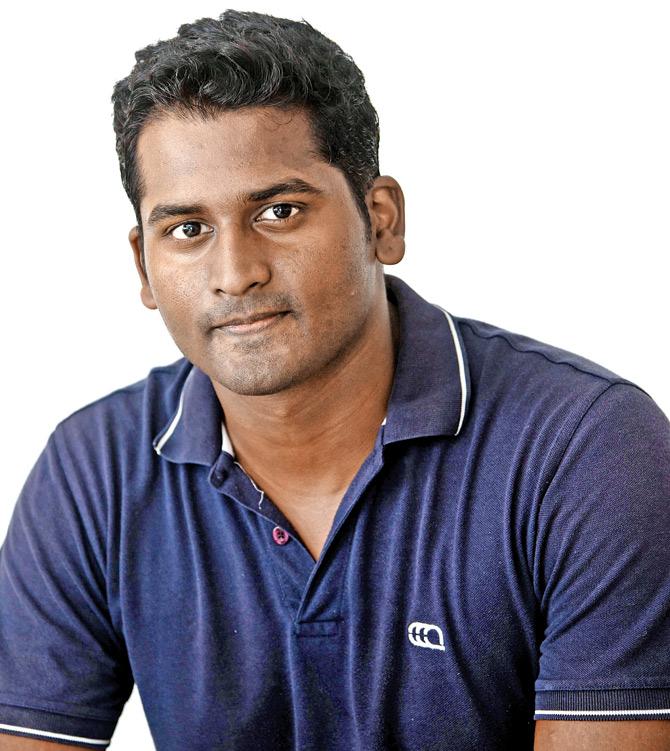A new sub-science that examines the nitty gritties of how you walk can save you debilitating back and neck pain, finds Gaurav Sarkar

Swapnil Kokam during a gait training session
![]() A niche and relatively new discipline — Gait correction and analysis — seems to be the buzzword in modern medical sciences. Aimed at inculcating the right posture while walking, this has been studied for the first time in Mumbai by 18 fitness trainers from the American College of Sports Medicine (ACSM).
A niche and relatively new discipline — Gait correction and analysis — seems to be the buzzword in modern medical sciences. Aimed at inculcating the right posture while walking, this has been studied for the first time in Mumbai by 18 fitness trainers from the American College of Sports Medicine (ACSM).

ADVERTISEMENT
"The manner of human movement from one place to another is known as gait," says 26-year-old Swapnil Suryakant Kokam, a fitness trainer and resident of Malad, who began physical training as early as 17. He is among the 18 who completed the gait correction workshop from ACSM a fortnight ago. "Eighty per cent of us have bad posture; they are not aware of out incorrect posture while we walk. The concept of gait correction is to make the individual move in the right manner by enhancing their posture, or by making him/her aware about the involvement of the right muscles while walking."

What is gait correction?
Since he was a teenager, Kokam has struggled with flat feet syndrome, which in turn, led to frequent knee and back pain. "I was curious why my flat feet were causing me pain in my lower back and other body parts. After studying gait correction, it became evident that this was because certain muscles were being overused while walking (because of bad posture), whereas in other cases, it is because some muscles are completely ignored."

Swapnil Kokam during a gait training session . Pic/Sameer Markande
His study after finishing his course revealed that the prime cause of bad gait is lack of awareness about correct posture. "It is something that I like to call the Domino effect," he said. "The bones in the leg and feet are stacked one on top of another; if one of these bones (or dominos), metaphorically falls, others follow."
According to him, there are three main focus points that pressure should be applied on, while walking: the ball of the foot, the spot just above the little toe, and the heel. "One should create a gap of three fingers at the arc of the foot (located on the sole of the foot i.e the gap between the inside of your foot and the ground) while walking, so that the shin muscle experiences the required pressure," he says.

Swapnil Kokam
"This is the muscle that is supposed to be used while walking-not your hip or other muscles. Improper posture of the feet can put stress on the hip, which in turn, leads to stress on the back and shoulders."
Physical VS psychological
Proving that incorrect gait is as much a psychological problem as a physical one, Kokam pointed out that the brain itself creates a "comfortable environment" for the human body in a manner that doesn’t utilise all muscles. "If you are stressed, the brain tries to make you feel at ease by reducing involvement of required muscles. But this causes under-utilised muscles to degenerate over a span of time and causes damage to the overused muscles."
He also points out that a normal walking speed involves the arms and trunk (stomach region), providing stability and balance, whereas the speed of walking depends on the propulsive movement provided by the legs.
"The body’s centre moves both, from side to side and up and down, during gait," he says. "The degree to which the body’s centre of gravity moves forward defines the efficiency of your gait. Analysis of a client’s walking and running mechanics proves a valuable tool in the assessment and rehabilitation of injuries as well as prevention of future ones."
How does it work?
Gait correction is a two part procedure. It involves gait analysis, which is an assessment of what the person is doing wrong, followed by implementing correct posture and working on degenerated/overused muscles. "We (trainers) make a person walk on the treadmill and monitor body movement from three angles — side, back and front," says Kokam.
"If you have more than a five degree tilt in your upper body when walking, it is abnormal and needs to be fixed. The person also develops a tilt in the hip because the hip muscles aren’t that strong due to improper gait, and hence tend to droop."
Trainers often record their client’s walking, and later view it in slow motion to pinpoint which part of their gait was wrong.
Differs from physiotherapy
According to Dr Rajani Patil, a spine and sports physiotherapy specialist with 15 year’s of hands-on experience at injury prevention, management and performance enhancement, gait analysis is a niche area of physiotherapy, but is treated as a different subject. "Physiotherapy deals with treatment using physical manual therapy," reasons Dr Patil.
"On the other hand, gait analysis is a niche area that analyses the physical issues people might have, and then focuses on improving them. Gait analysis is done by sports trainers; an analysis that looks at what areas of your gait are strong, and those that are weak and need improvement," she adds.
"Anyone who regularly walks or runs should do gait analysis as a screening process to ensure that everything they are doing is right."
 Subscribe today by clicking the link and stay updated with the latest news!" Click here!
Subscribe today by clicking the link and stay updated with the latest news!" Click here!







